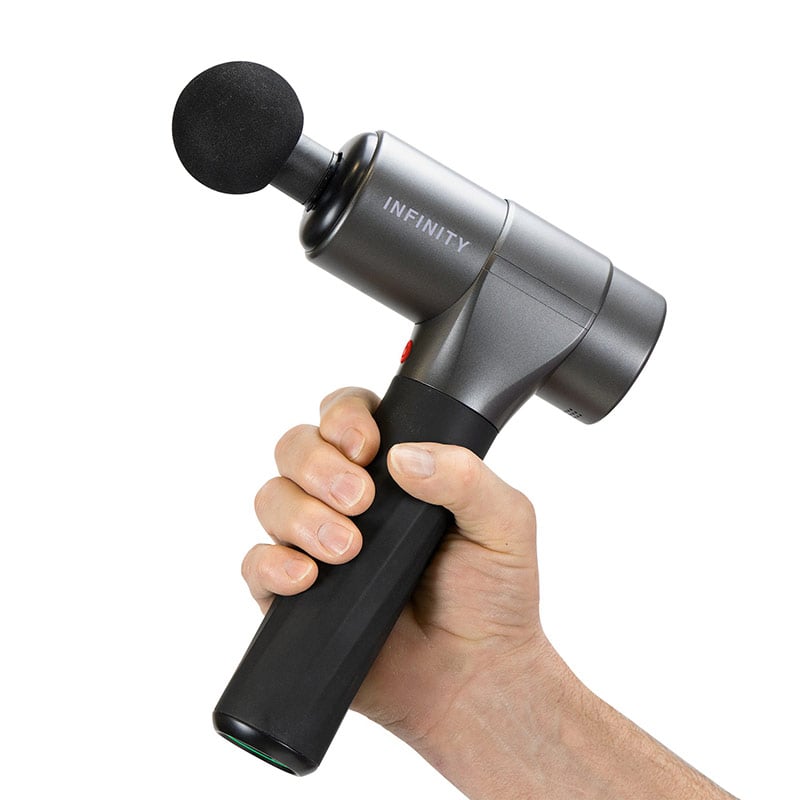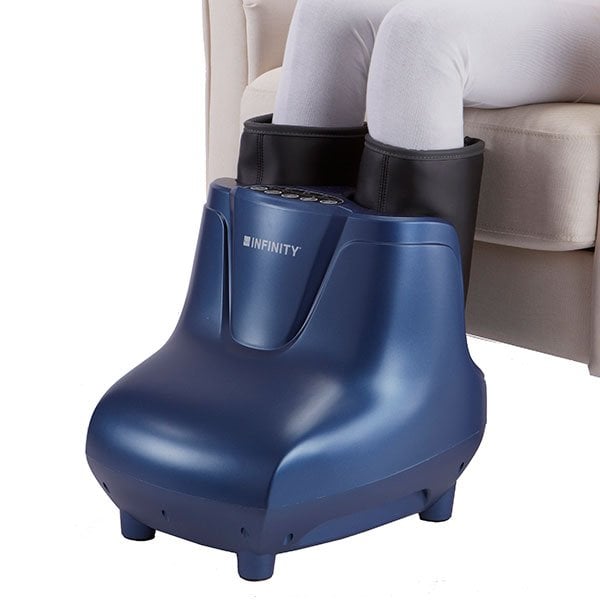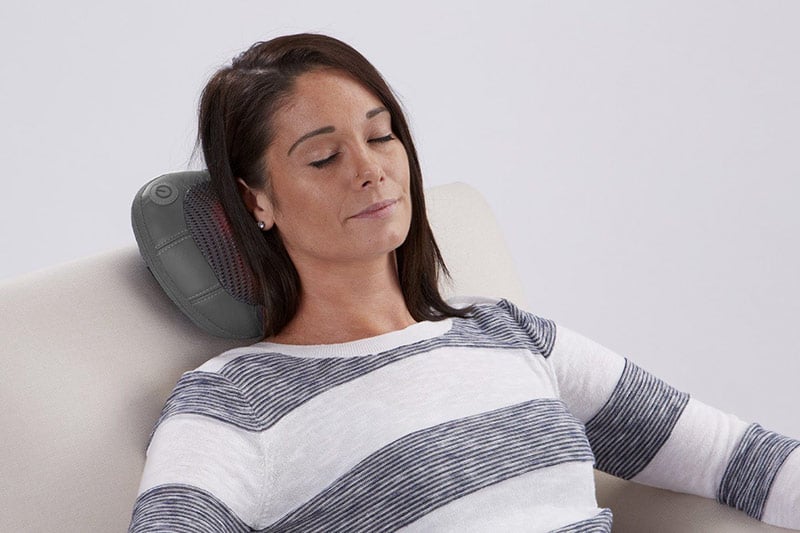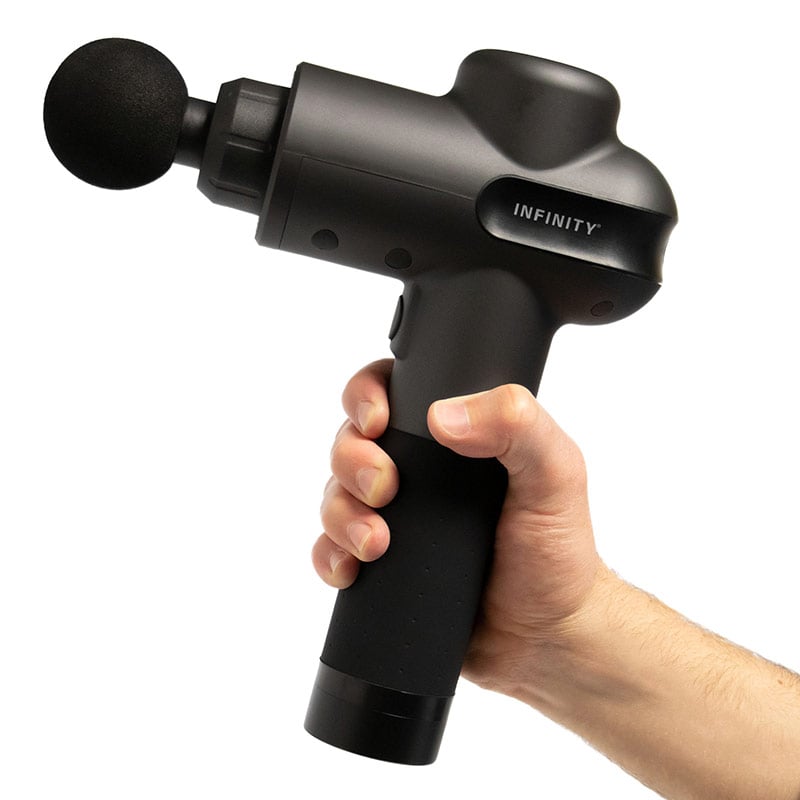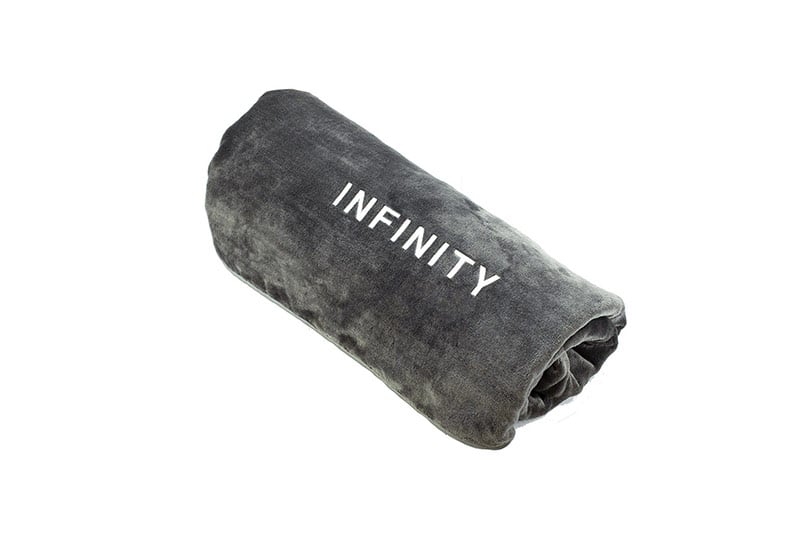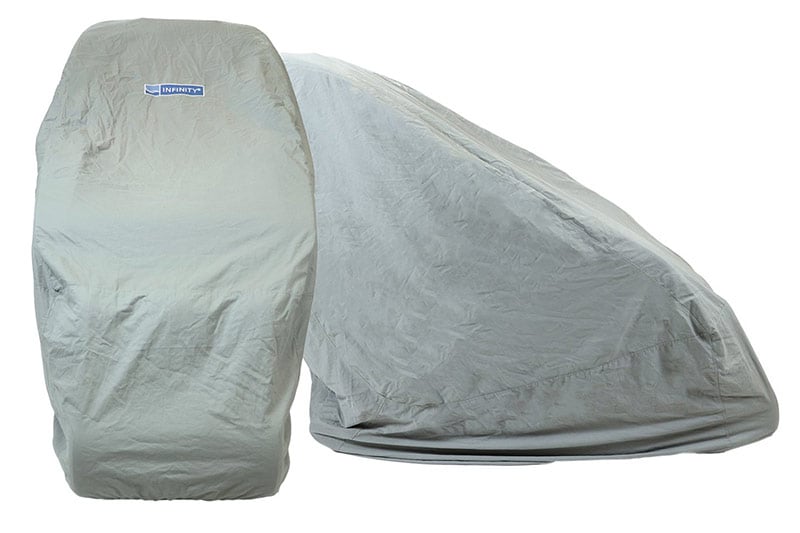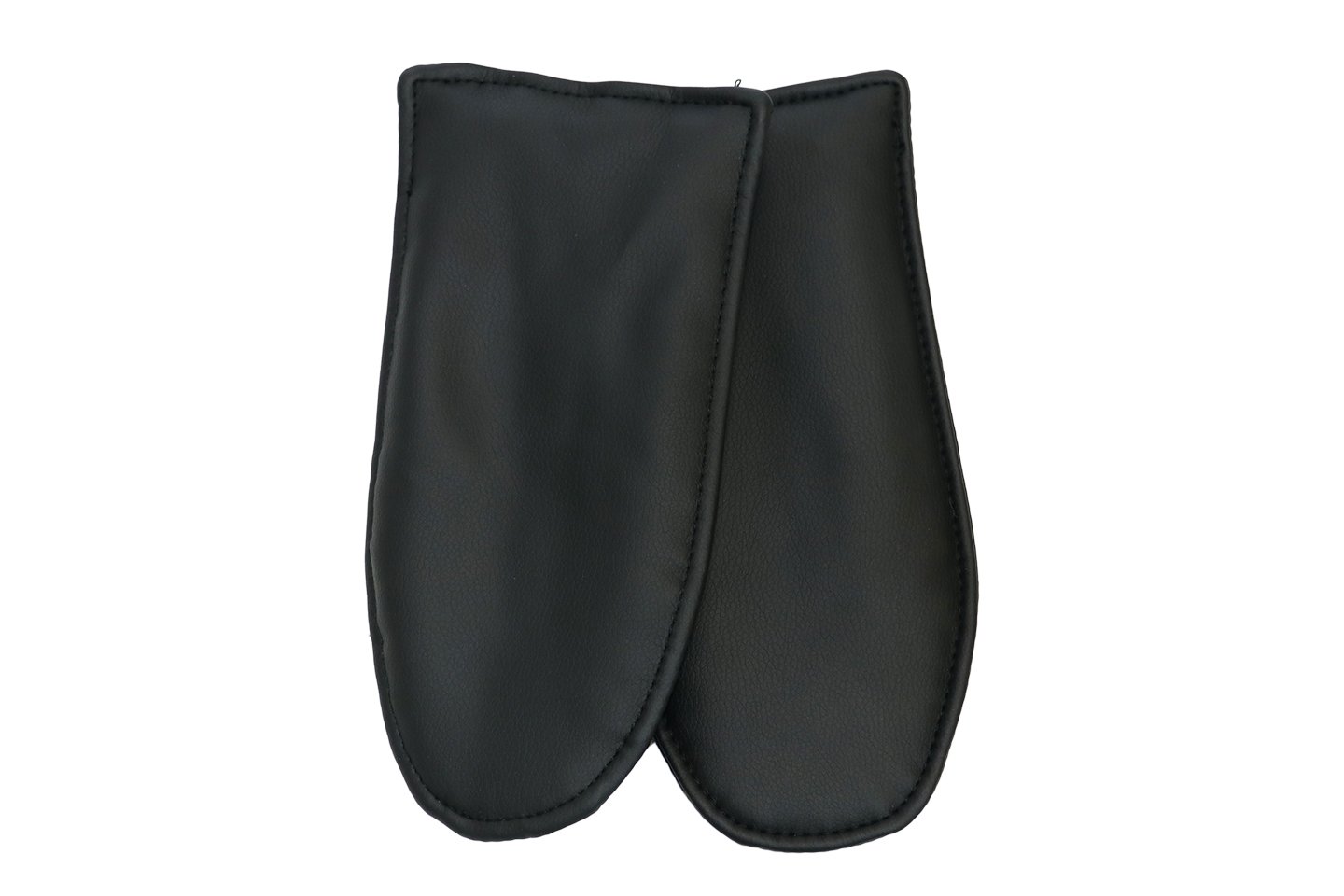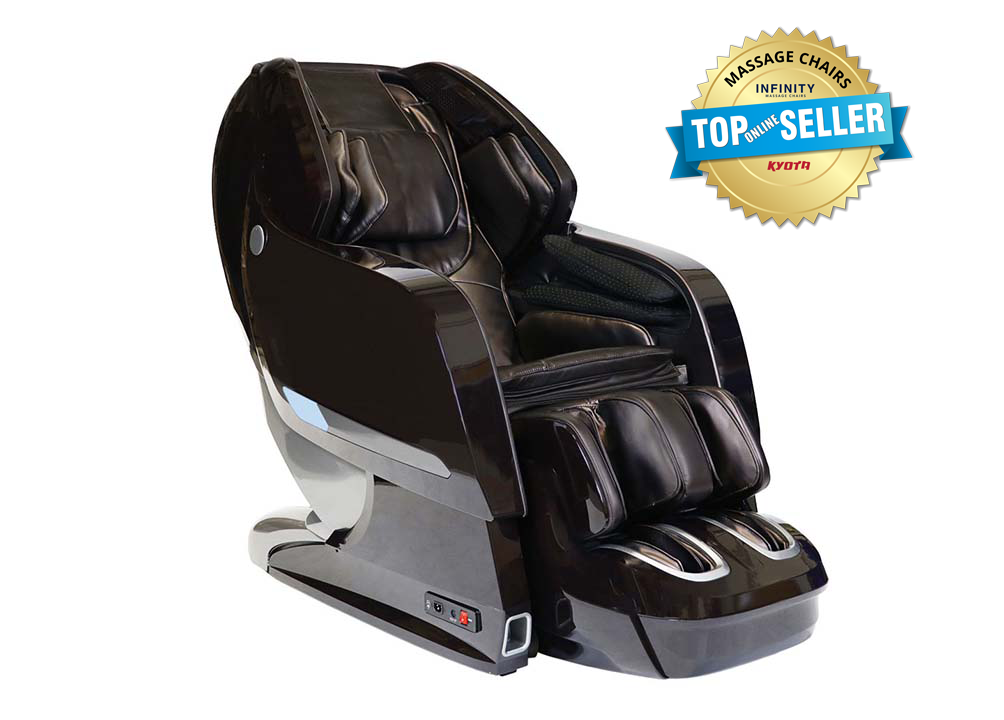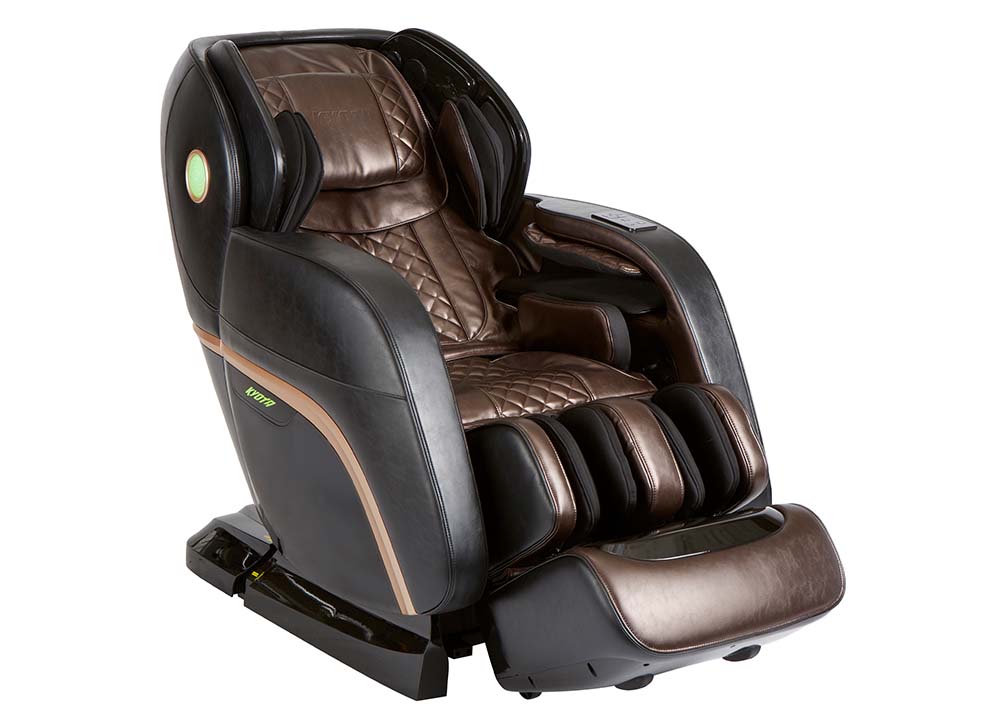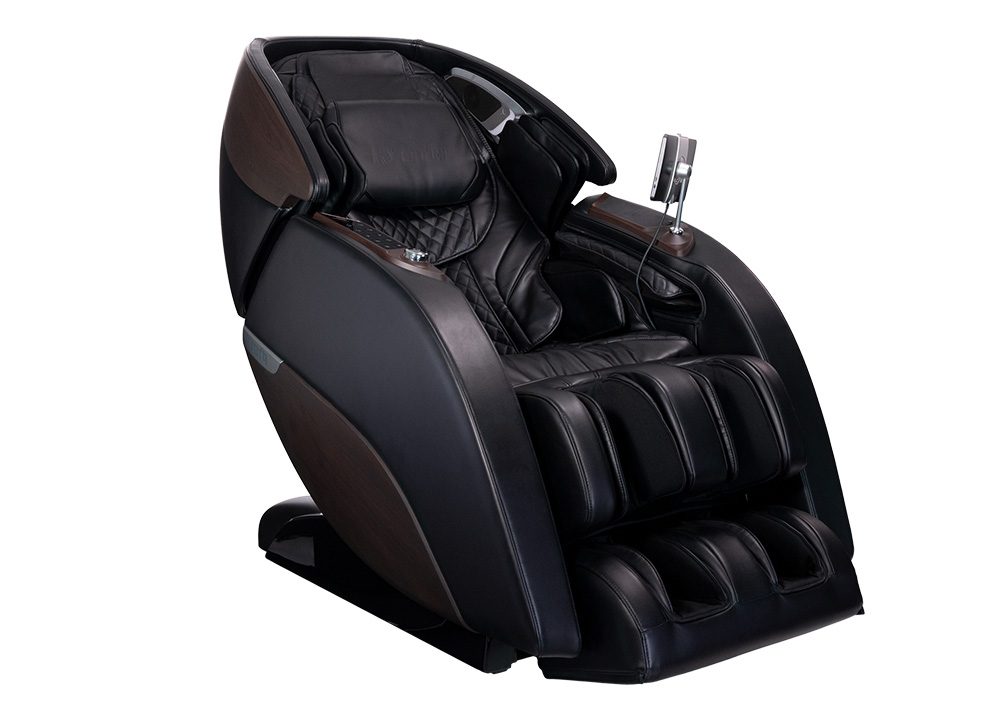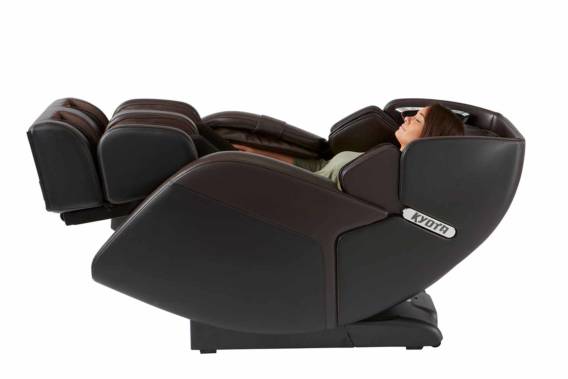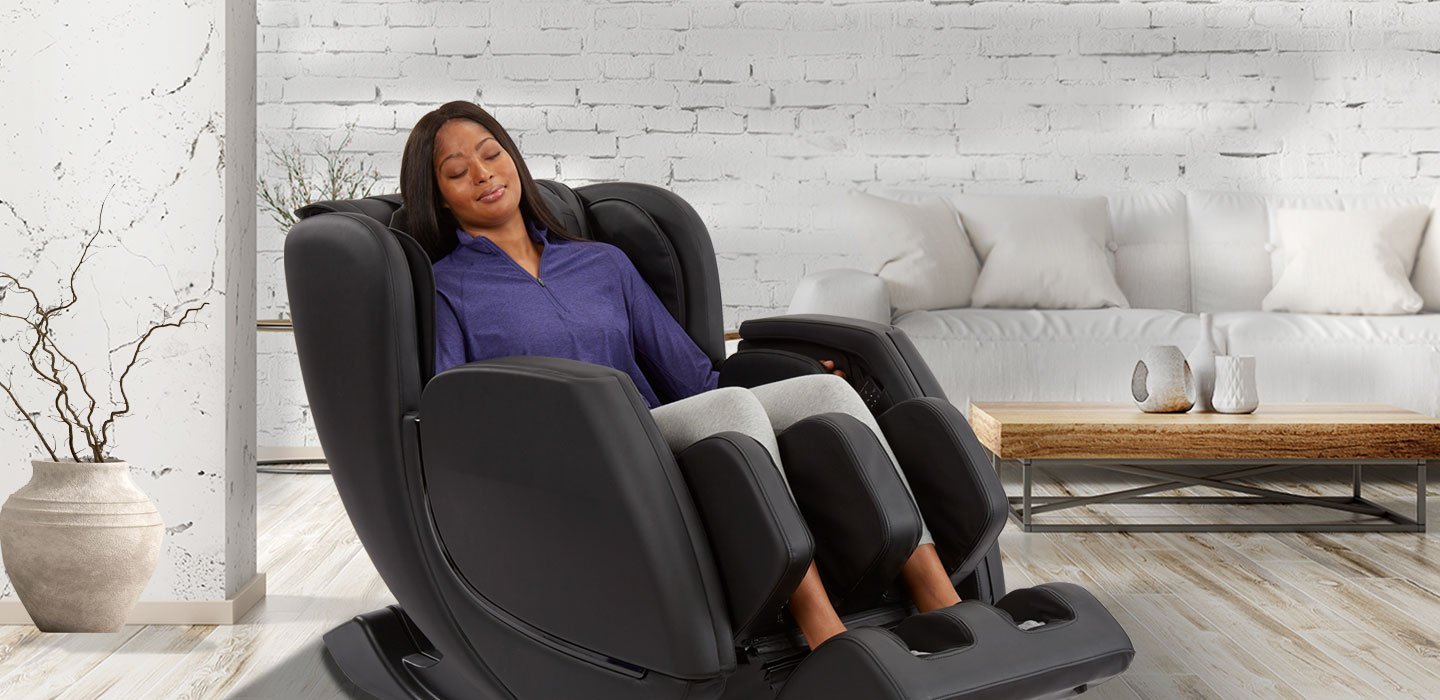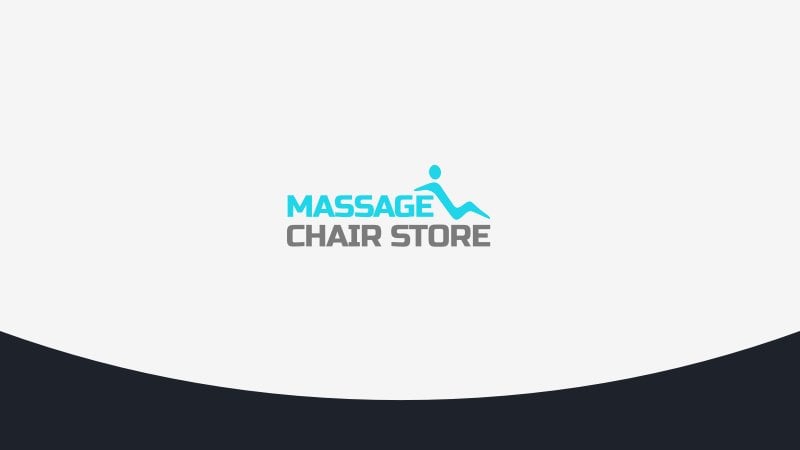Fibromyalgia Massage Therapy: How It Can Help
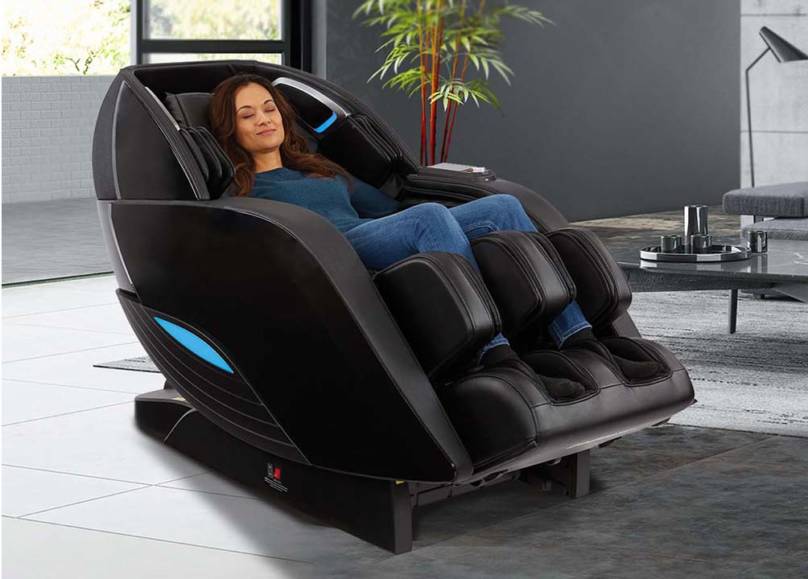
Fibromyalgia Massage Therapy: Why It Helps
Chronic pain is one of the most frustrating and unpleasant symptoms of many long-term conditions — sometimes, it can feel like there is no relief. Fortunately, many types of chronic pain can be managed with medication, regular therapy and a healthy lifestyle.
A common source of chronic pain is fibromyalgia, a condition that affects millions of Americans. There is no cure, but there are a number of treatments and therapies that help to alleviate symptoms, including massage therapy.
Download our eBook, Massage for Health & Pain Relief, for an
in-depth exploration of techniques and benefits.
What is Fibromyalgia?
Fibromyalgia is a chronic musculoskeletal condition that manifests in widespread muscle pain and tenderness. Over 3 million people are diagnosed with fibromyalgia every year in the U.S., with more women affected than men. Symptoms can develop at any age, though most often between the ages of 30 and 50, and sometimes after a traumatic injury or event.
The cause of fibromyalgia is unknown, although it tends to run in families. Fibromyalgia is exacerbated by other conditions like osteoarthritis, rheumatoid arthritis or lupus, although it is not known to cause further muscle or joint damage.
The Symptoms of Fibromyalgia
The three primary symptoms of fibromyalgia are widespread pain, chronic fatigue and cognitive issues. Pain can affect the entire body, but can cause heightened discomfort in the knee, hip, elbow and neck joints.
A wide range of other symptoms are directly correlated to these primary symptoms, including:
- Poor sleep
- Memory lapses
- Mood swings
- Stiffness and muscle tension
Because under- or untreated fibromyalgia pain is so constant, it alters the sufferer’s pain receptors through repeated nerve stimulation, causing their pain tolerance to change. As a result, their serotonin levels may drop, resulting in a mental numbness, “brain fog” or more serious mood disorders.
Fybromyalgia often coexists with other conditions, including:
- Irritable bowel syndrome
- Chronic fatigue syndrome
- Migraines and other types of headaches
- Interstitial cystitis or painful bladder syndrome
- TMJ disorders (“lockjaw”)
- Anxiety
- Depression
- Postural orthostatic tachycardia syndrome (a blood circulation disorder)
Since the root cause is unknown, there is no cure for fibromyalgia. However, sufferers find relief through pain medication, antidepressants, anti-seizure medication, physical and occupational therapy and therapeutic counseling.
How Does Massage Therapy Help with Fibromyalgia?
Massage therapy is one of the best treatments for fibromyalgia. It is low-impact, lowers cortisol production (the stress hormone) and increases serotonin levels, which can lead to an overall improvement in quality of life. Certain massage techniques are especially beneficial for fibromyalgia, since they promote relaxation and improve sleep.
In general, massage has been shown to benefit physical and mental health in a number of ways, all of which are key to easing fibromyalgia pain. Proven benefits include:
- Stress reduction
- Improved muscle tone
- Increased range of motion
- Increased mental clarity
- Headache relief
One of the most frequently discussed benefits of massage is improved blood flow, or circulation. While the human circulatory system functions automatically, some people (including fibromyalgia patients) experience reduced or sluggish blood flow to certain parts of their bodies, which can lead to a build-up of waste in the blood and cause their hearts to work overtime.
People with poor circulation can experience fatigue, muscle pain, headaches and “brain fog” — some of the same primary symptoms of fibromyalgia. Massage therapy stimulates the lymphatic system, which is responsible for filtering waste products out of the blood, so it can help ease the physical discomfort of fibromyalgia symptoms while slowing the heart rate and inducing relaxation.
The more frequently people with fibromyalgia receive massage therapy, the better they may feel overall. Since poor sleep due to chronic pain can lead to so many other health issues, receiving regular, stress-reducing massage therapy can help people with fibromyalgia finally get the full night’s sleep they need to feel better.
Best Massage Techniques for Fibromyalgia Symptoms
Fibromyalgia causes muscle pain and tenderness, so massage therapies that incorporate gentle, low-impact and sustained techniques are best. Common fibromyalgia massage techniques include kneading, stretching, gentle pressure and heat therapy.
In 1990, researchers at the American College of Rheumatology identified 18 fibromyalgia pressure points, which helped inform the types of massage or physical therapy that might directly benefit people with fibromyalgia. The most effective techniques help loosen up muscle fibers and increase mobility, which is especially beneficial for people with tight, tender and stiff muscles due to chronic pain.
The best types of massage for fibromyalgia include:
- Swedish massage: Sustained linear or circular strokes along major muscle groups, delivered with varying amounts of pressure. Other Swedish massage techniques include kneading, pulling and stretching, which help loosen muscle fibers and promote circulation.
- Passive stretching: Also called assisted stretching, a massage therapist will stretch and maneuver the recipient’s limbs while they are in a relaxed, stationary position.
- Sports massage: Often used to warm up or treat athletes with tight muscles, sports massage combines techniques found in both Swedish massage and passive stretching.
Depending on an individual’s sensitivity levels or pain points, a massage therapist may also use reflexology techniques, which involve applying pressure to specific areas on the feet or hands to trigger responses in other parts of the body.
People with fibromyalgia should consult their physician before receiving any form of alternative therapy, including massage. Severity of the condition and areas of sensitivity may impact a person’s ability to benefit from or even enjoy massage for fibromyalgia; in some cases, massage therapy can even make fibromyalgia symptoms worse.
Can Massage Chairs Help with Fibromyalgia?
Massage chairs that feature the techniques detailed above are an excellent, cost-effective alternative to regular massage therapy. Since massage therapy may be among the few treatments that help fibromyalgia sufferers, regular in-person massage appointments can be cost-prohibitive.
By comparison, a high quality massage chair is a one-time investment that pays off over the long term and delivers numerous health benefits. A massage chair in the home is convenient, private and versatile, doubling as furniture when not in use. Models that feature space-saving design take up no more space than a standard recliner.
The Best Massage Chairs For Fibromyalgia Symptoms
People with fibromyalgia benefit most from Swedish massage, stretching and heat therapy, so massage chairs that offer these functions will be the best options. Below is a selection of current models that include these features, plus additional perks and popular functions.
Infinity Prelude
$3,499
With a lightweight and compact frame, the Infinity Prelude combines simplicity with a wide array of features including lumbar heat, decompression stretch and adjustable massage intensity.
Infinity Genesis Max 4D
$11,999
Waist twist, zero gravity and decompression stretch functions make this massage chair an excellent solution for users with sore muscles, especially in the lower back.
Kyota Yutaka 4D
$9,999
Often, those with poor circulation experience discomfort or stiffness in their legs and feet. The Yutaka features knee-to-toe oscillating rollers and reflexology techniques, along with heat therapy and a compact profile.
Infinity IT-8500
$7,499
Since many people with fibromyalgia suffer from lower back pain, taking pressure off the spine can alleviate much of the discomfort felt when standing, sitting or lying down. The zero gravity feature of the IT-8500 takes pressure off the user’s spine, allowing the lumbar muscles to relax and elevating the feet above the hips for improved circulation.
Important Information to Tell Your Massage Therapist
Please consult your doctor before trying any new therapeutic treatments for fibromyalgia, no matter how low-impact they seem. If you receive physician approval to visit a massage therapist, be sure you find someone to whom you can openly communicate your pain points, sensitivity levels and limits when it comes to mobility.
In general, only gentle massage therapy is recommended for people with fibromyalgia, since moderate to deep pressure can trigger further pain and discomfort. Therefore, fibromyalgia sufferers should avoid any deep tissue or intense massage therapies. The goal of massage for fibromyalgia is to help you relax, to ease pain and to soften and gently stretch your muscles. Start with shorter sessions, and only increase the duration of your appointments if you do not experience any negative side effects following therapy.
If you have any questions about the many health benefits of massage, or would like to further discuss your options for regular massage chair therapy, reach out to our team of massage chair specialists today. They’ll be able to answer any questions you may have about massage chair functionality and help you identify your best solution.

